Wood for Model Making
Although there are many hardwoods and softwoods available to model makers, certain wood species have ideal characteristics for model making. These wood properties are important for both static display models (for appearance only) and functional scale models (aeromodeling or models built to operate) .
Here are the important wood characteristics of the best scale model making species:
- Machinability – For making wood scale ships and airplane models, the wood must machine well. What that means is that it must saw cleanly with minimal tear out or grain fuzz. Because model parts are small, dimensions and cut precision is very important. If a wood does not cut cleanly, it will distort the fit and alter the model’s proportions. This results in poor model replication.
- Bendability – Often, wood model parts must be pliable. Thus, the wood must bend without breaking. If wood breaks the part is ruined.
- Finishes well – Most models are either painted or finished after assembly. Accordingly, its acceptance of finish is a big consideration.
- Durability – Model making is a time consuming process. Accordingly, when the work is done the model should last a long time. Thus, only woods with high durability should be used. Ideally, the wood should have a good ratio of high strength and low weight.
Wood vs. Other Model Making Materials
Models are also made from materials other than wood. For example, makers use:
- Paper
- Plastic
- Foam
Non-wood model materials have different properties than hardwoods. Generally speaking, wood models provide greater resistance than paper, foam and most plastic-based construction.
Additionally, wood allows for more intricate detail in the parts. However, wood is typically the most expensive for crafting model parts.
Here is a list of the Top 10 best hardwoods for model making.

#1 Best Hardwood for Model Making : Paulownia
Paulownia is a genus of seven to 17 species of hardwood tree of C4 flowering plants in the family Paulowniaceae, in the order Lamiales. They are present in much of China, south to northern Laos and Vietnam and are long cultivated elsewhere in eastern Asia, notably in Japan and Korea where they are native
source: Wikipedia
Paulownia wood compares favorably to balsa. In fact, it’s sometimes known as the “other balsa”. This is primarily due to its light weight and relatively high strength.
Additionally, Paulownia wood is warp-resistant and sustainable. With a growth rate of up to 20 feet in its first year, paulownia trees reach maturity in about 10 years.
Paulownia wood has a yellow honey-like color tone. Additionally, its the only ultralight wood specie I am aware of with a pronounced ash-like grain structure.
#2
Best Hardwood for Model Making: Basswood
Tilia americana is a species of tree in the family Malvaceae, native to eastern North America, from southeast Manitoba east to New Brunswick, southwest to northeast Oklahoma, southeast to South Carolina, and west along the Niobrara River to Cherry County, Nebraska.
source: Wikipedia
Basswood is popular hardwood for wood carving, scale models, building crafts and whittling. Commonly available in North American retail wood stores, it is a soft hardwood with low overall weight wood. Its grain uniform and texture is fine.
Model makers find it is to work with because of its excellent cutting, gluing and finishing properties. However, it is prone to fuzzing which requires extra sanding. Roasting basswood can alleviate sanding fuzz.
Basswood nails, cuts, & glues very well. Also, it stains & finishes well for many other types of small wood crafts
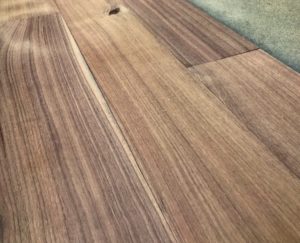
#3
Best Hardwood for Model Making : Walnut
Its cooperative working characteristics, coupled with its rich brown coloration puts the wood in a class by itself among temperate-zone hardwoods
source: Wood-Database
Black Walnut wood makes excellent architectural scale lumber. This Appalachian hardwood has classic uniform dark brownish heartwood and a light pale shade of sapwood.
Walnut wood is a relatively dense hardwood but semi-porous. Accordingly, the pore size remains fixed when the model parts are cut & scaled down. This may create extra grain filling work.
It’s grain is fine, similar to cherry and maple.
is perfect for professional and student architectural modeling. This project wood meets the needs of crafters, modelers, students, architects and others looking for high quality, beautiful building material. This sheet is made of genuine American black walnut; add an attractive flair to your woodworking projects with the classic uniform distribution of dark and light shades within relatively small grain.
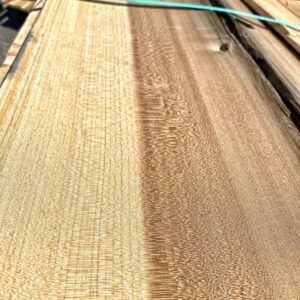
#4
Best Hardwood for Model Making:
Poplar
Poplar is a hardwood, but it’s not very hard. That’s because the terms “hardwood” and “softwood” are rather misleading. Poplar is a hardwood, but it’s not very hard. That’s because the terms “hardwood” and “softwood” are rather misleading
source: HGTV
Poplar wood is light, durable and plentiful within the United States. Many scale model- makers find it a great substitute for basswood. In fact, woodworkers feel its model-making qualities often surpass those of basswood.
First, poplar a harder wood than basswood. A quick comparison of the Janka scale shows the difference in hardness between these two light color hardwoods. Additionally, poplar does fuzz up during sanding. Whereas basswood is prone to fuzzing unless baked or torrefied. Further, poplar is preferred over basswood for finish carpentry applications, for the same reasons.
 #5
#5
Best Hardwood for Model Making : Jelutong
Jelutong is a lesser-known Asian species that’s appreciated for its uniform appearance, softness, dimensional stability, and ease of carving
source: Wood-Database
Jelutong wood has many desirable model making properties. It’s another one those soft density hardwoods like paulownia, balsa and basswood.
However, jelutong has an ultra bright white cream to pale yellow color sapwood and extremely fine grain. In fact, I find well dried Jelutong to be closer in appearance to Aspen or Holly than any other hardwood. Like other bright color white woods like maple, limba, and basswood, jelutong can stain if not properly dried.
Its medium/low density, fine uniform grain texture and excellent machining characteristics make it a favorite of both model-makers and pattern makers. In fact, it machines equally well with both hand tools (knives, gouges or chisels) and CNC tools.
While Jelutong is not widely available in the US, its well worth finding. At one point, it was commonly used as a replacement for cork. That gives you a sense of jelutong’s pliability!
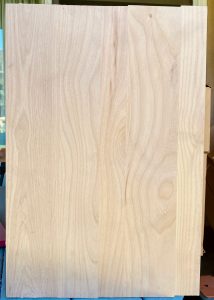 #6
#6
Best Hardwood for Model Making : Alder
Alder, a relative of birch, is almost white when freshly cut, but quickly changes with exposure to air, becoming light brown with a yellow or reddish tinge. Heartwood is formed only in trees of advanced age and there is no visible boundary between sap and heartwood
source: Alder Hardwood Information Center
Alder wood is used in model making for the same reasons it’s used in furniture production, hardwood mouldings, picture frames, carvings, wood turning and electric guitar bodies.
This West Coast hardwood is plentiful like poplar but carves easier. Alder is very easy on tooling and knives. Additionally, the heartwood is almost indistinguishable from its sapwood. Both have a consistent uniform tan color.
Finally, alder grain is slight like maple, cherry and walnut. The result is a hardwood with a uniform appearance from board to board.
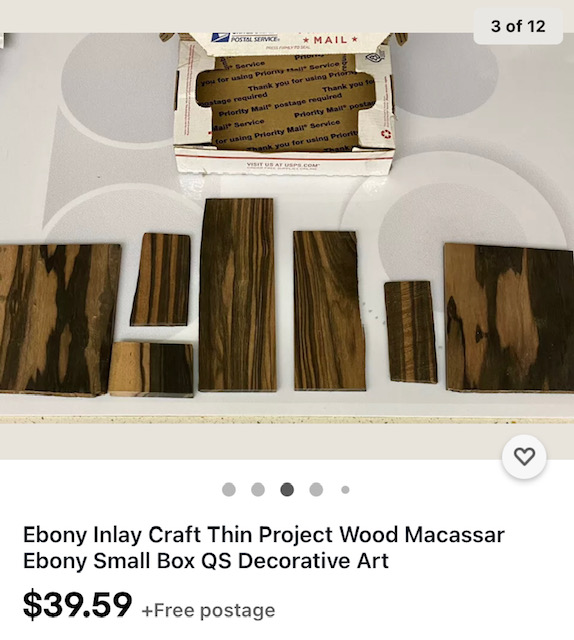 #7
#7
Best Hardwood for Model Making : Macassar Ebony
This ebony species grows in Sulawesi, an island in Indonesia. It got its name from Macassar, the main part of the island, also spelled Makassar. This species has the ability to grow up to 65 feet tall. Compared to the other trees in the ebony family, this tree has wider brown streaks in the wood grain.
source: Home Stratosphere
Macassar Ebony, like koa wood, is an expensive model making hardwood. However, has some unique qualities that make it worth considering for ship and airplane models.
- Macassar Ebony carves very well
- It has a unique striped look that cannot be easily duplicated using other hardwood species, even with wood stain.
- Ebony is an extremely dense hardwood
- For museum quality replica models, ebony has extreme snob appeal, for what it’s worth.
- Scale model woodworking requires a relatively small amount of wood. Thus, the cost of wood is a small component of the scale model’s cost when compared with cutting & labor hours.
 #8
#8
Best Hardwood for Model Making : Koa
Koa Wood is legendary in Hawaii. Not only is this amazing wood native to Hawaii but it is known for the deep rich colors and varied grain pattern.
source: Martin & MacArthur
Koa wood is another relatively expensive hardwood that many ship model-makers overlook.
Hobbyists making high-quality realistic model ships, airplanes & scenery should keep Acacia koa in mind.
First, it’s an ultra exclusive Hawaiian hardwood with a unique appearance and grain structure. Additionally, koa’s figure and chatoyance are stunning. Accordingly, it is a stain-grade wood. I have never seen koa wood used in a paint-grade application.
Second, koa is commonly used by native Hawaiian woodworkers for ukuleles and other stringed instruments.
Additionally, it bends well and is pliable. Finally, koa machines and finishes beautifully.
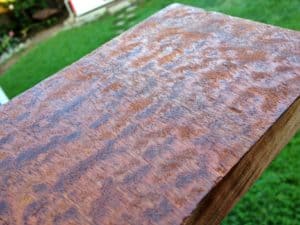 #9
#9
Best Hardwood for Model Making : Sapele
An alternative tonewood that joined the Taylor fold over a decade ago. It’s sometimes mistakenly referred to as African mahogany because it closely resembles the West African wood khaya, which is commercially known as African mahogany. Sapele is a highly sustainable, relatively fast-growing wood.
source: Taylor Guitars
Sapele Wood resembles Mahogany in many ways. However, it is not true mahogany specie.
Sapele wood’s heartwood runs golden brown to reddish brown. Additionally Sapele color stays consistent from board to board, at least within the same lumber bundles. Thus, it’s easy to match color and grain even when using cuts from different boards.
Like teak & koa, Sapele wood has natural internal oils which make it moisture resistant and gives it chatoyance, even before finishing.
Sapele’s interlocking grain pattern makes it extremely durable. Yet, it is very easy on both hand tools and power tools.
It can be painted or stained to finish. Personally, I am partial to a nice Sapele clear coat finish!
#10
Best Hardwood for Model Making : Balsa
Balsa is one of the lightest varieties of wood available, but not the absolute lightest. It is remarkably strong for its weight, however.
source: InfoBloom
Balsa is real wood, despite its absence from many North American hardwood lumber stores. It falls into the category of soft hardwoods. It’s lightweight and flexible but a dicot tree, for sure.
Balsa is commonly used by crafters to create ship models, airplane models, train models, background structures and scenery.
Balsa wood is very lightweight. Perhaps the only hardwood that is lighter than paulownia. It is easy to cut and closer to jelutong and basswood in price than koa or ebony.
The two major modeling issues with balsawood is its low strength and porous pronounced grain. The grain is not an issue for staining. However, if you paint your balsa model, you must carefully prime the balsa wood to avoid opacity or grain bleed / grain transfer.

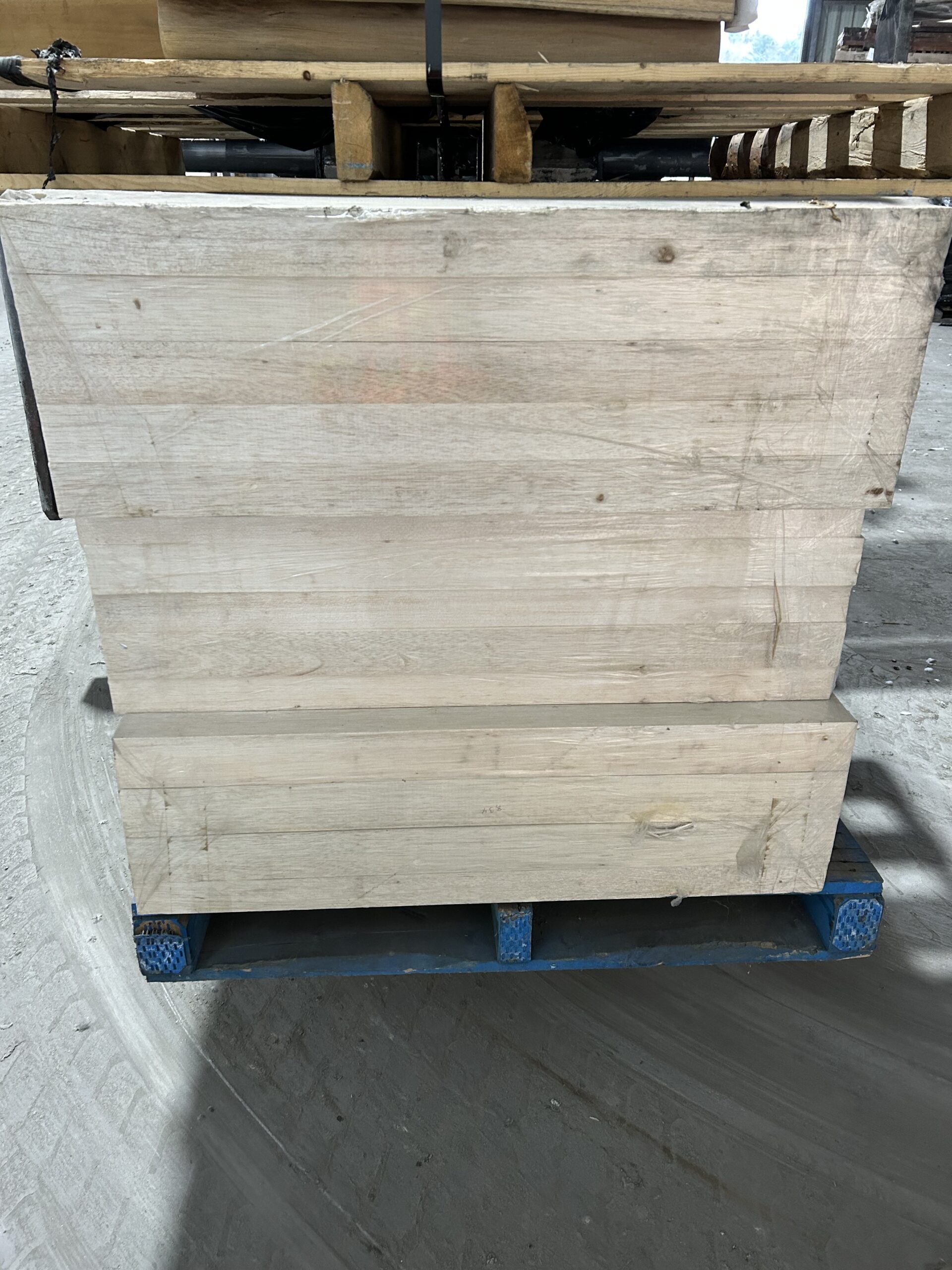
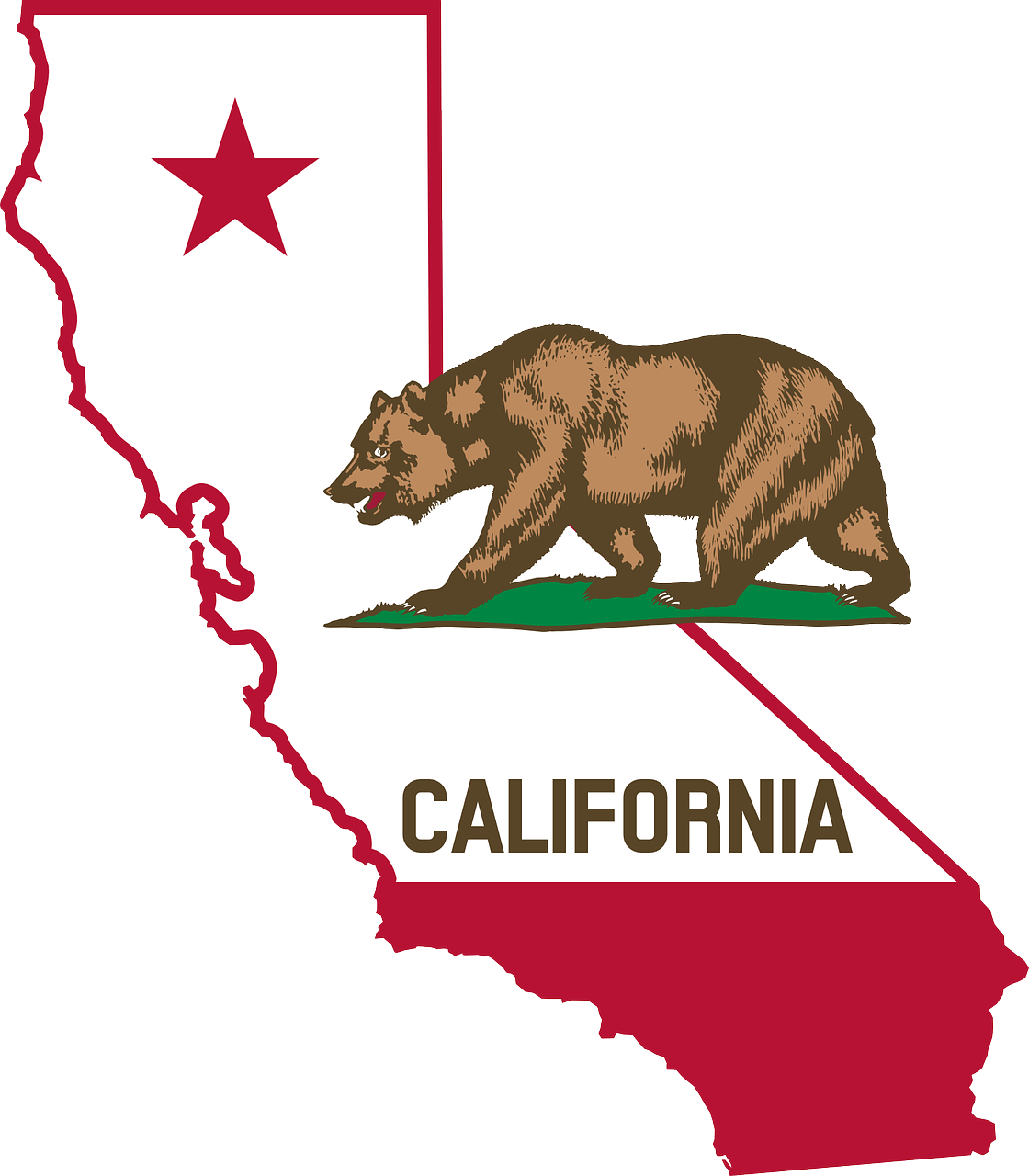
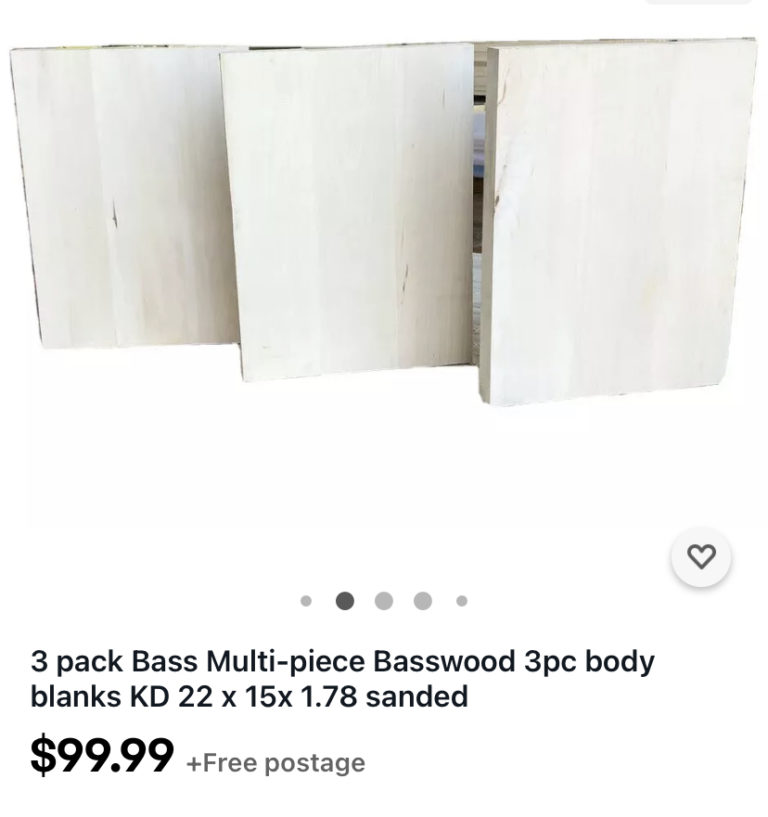
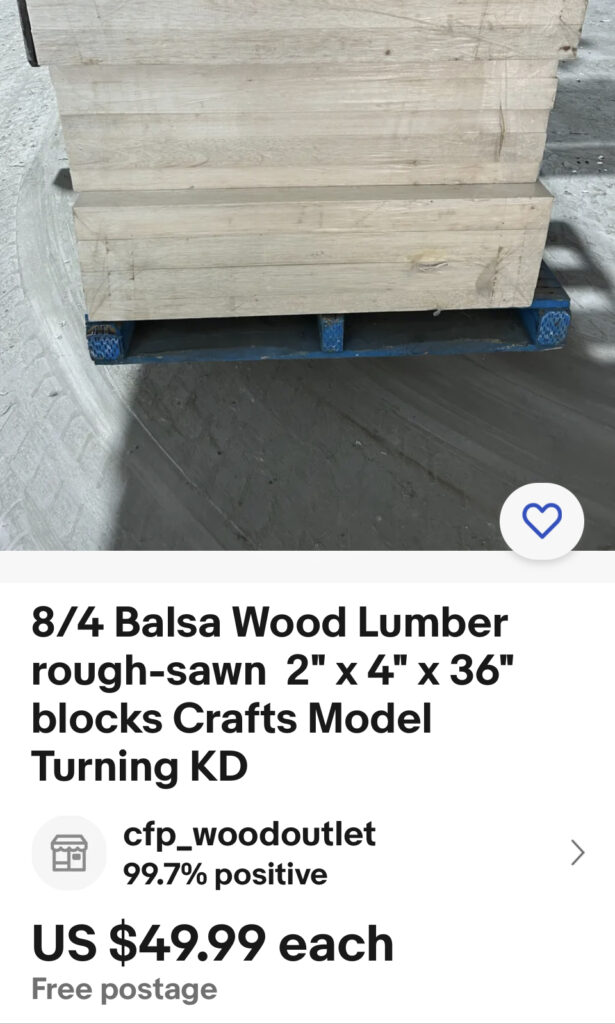
Pingback: Best Wood For Wands 2021 - Commercial Forest Products ?
Pingback: Jelutong Lumber: Amazing Asian Wood! 2022 - Commercial Forest Products